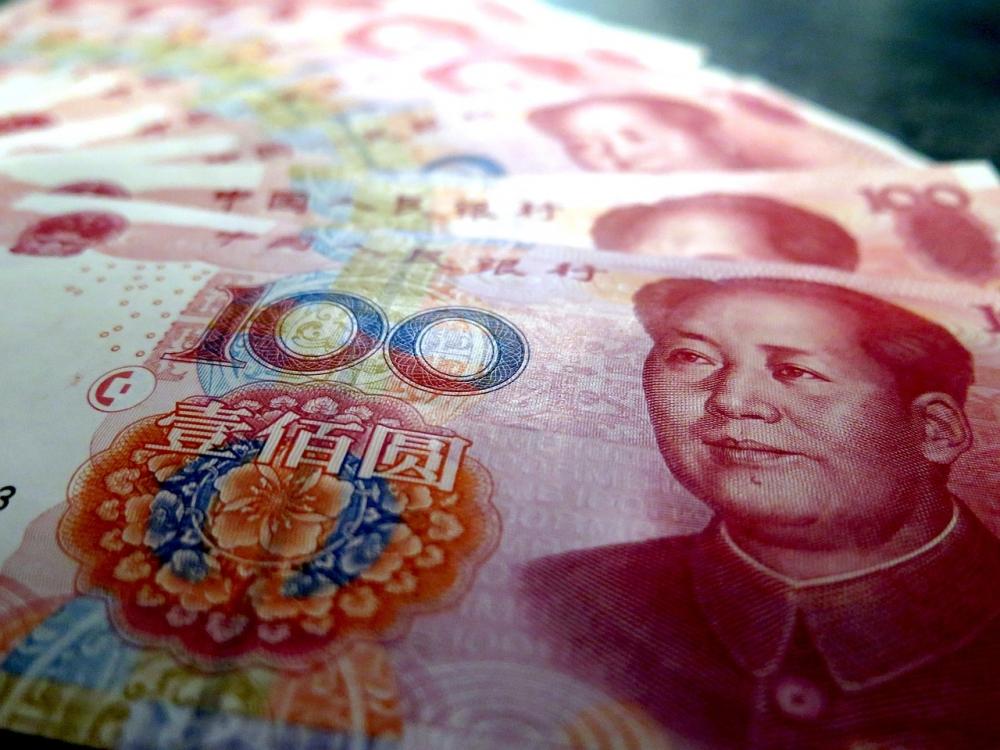PIMCO: China: Current Account Deficit Will Pressure the Yuan and Refashion Global Portfolio Flows
PIMCO: China: Current Account Deficit Will Pressure the Yuan and Refashion Global Portfolio Flows

For investors focused on Sino-U.S. trade tensions, it may come as a surprise that China ran a current account deficit in the nine months of 2018, its first since 1993. The $12.8 billion deficit is only about 0.1% of GDP on an annualized basis. But it marks Beijing’s success in rebalancing its economy’s reliance from exports to domestic demand. Just a decade ago, China’s surplus peaked at $420 billion, or 9% of GDP.
For investors focused on Sino-U.S. trade tensions, it may come as a surprise that China ran a current account deficit in the nine months of 2018, its first since 1993. The $12.8 billion deficit is only about 0.1% of GDP on an annualized basis. But it marks Beijing’s success in rebalancing its economy’s reliance from exports to domestic demand. Just a decade ago, China’s surplus peaked at $420 billion, or 9% of GDP.
Don’t expect the current account deficit to mollify Washington, however.China’s trade surplus, a narrower measure that excludes investment income, remains massive. The trade surplus with the U.S. stands at about $350 billion (a $390 surplus in goods and a $40 billion deficit in services). In contrast, China is effectively running a 3-4% GDP deficit with the rest of the world, particularly vis-à-vis oil exporters and Asian economies. U.S. trade tariffs and a deal that reduces Sino-U.S. trade tensions could reduce the trade balance and put some of the burden of adjustment on China’s trade partners.
China’s external rebalancingFour dynamics – some under Beijing’s control, some not – lie behind the dramatic shift:
Policy: Chinese policymakers have encouraged imports and outbound tourism, with tourism driving a growing deficit in services. China also has stimulated consumption and investment with expansionary monetary and fiscal policies.Demographics: China’s population is aging, and the labor force and domestic savings peaked several years ago, narrowing the gap between savings and investment.Commodities prices: Higher oil prices have boosted China’s import bill (a $10 per-barrel rise in oil prices boosts imports by about $36 billion, or 25 basis points of GDP).Yuan valuation: Despite its recent depreciation, the Chinese currency’s real effective exchange rate has dropped by only 7% from its peak in 2015 and remains 33% above its level in 2007.
Investment implicationsFor the first time in a quarter century, China has become a capital importer, a significant shift in the global pattern of savings and capital flows. Just five years ago, China was plowing $300–$400 billion annually into global markets.
China’s increasingly open onshore capital markets are contributing as well. The country attracted $86 billion in foreign bond inflows and $30 billion in equity investments over the past 12 months. China now takes the lion’s share of Asian portfolio inflows – a trend likely to accelerate with the inclusion of Chinese bonds into global bond and equity market indices.
The about-face – from net capital exporter to importer – could pressure global bond markets, particularly low-yielding local currency bond markets in Asia.
The People’s Bank of China (PBOC) also is likely to accelerate its migration to a more flexible exchange rate regime. The yuan would function more as an automatic stabilizer to offset external shocks. The PBOC will likely prioritize monetary policy independence to focus on domestic economic mandates.
Given the inelasticity of Chinese demand for oil and commodities, however, China’s current account could remain in deficit in 2019. Additional structural shifts, and exchange rate adjustments by Beijing, could in turn affect Asian economies closely integrated with China, notably Taiwan, South Korea and members of the Association of Southeast Asian Nations (ASEAN).
